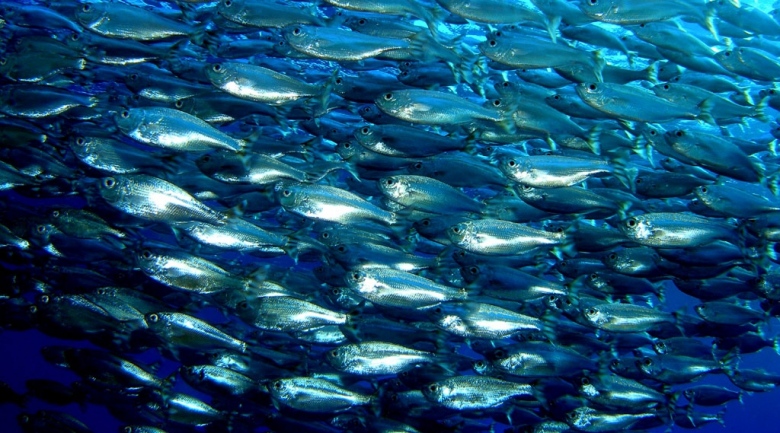
The problem with Shay’s satellite model was that it had trouble defining the boundaries of the isotherm. But according to Ault, the boundaries were where tarpon liked to feed.
By using Ault’s fish to gather temperature and depth data about the 26° C isotherm, they could essentially fill in the gaps of Shay’s satellite model. The fish, in other words, could help meteorologists make more accurate hurricane forecasts.
Tagged tarpon are basically living observational platforms. In addition to telling us where they go, they can tell us crucial things about the ocean environment.”
He pauses to savor the idea. “I’m a marine biologist. I never would have imagined that a network of animals attached to sensors could inform predictions of large-scale tropical storms.”
Biologists have been tracking birds, fish, and marine and land animals with satellite transmitters for over three decades. As a result, they have received unprecedented insights into the mysteries of migration and other animal behavior. But recently, scientists in other fields have discovered the value of this same animal-derived data for their own research. Nowhere is this more visible than among those who study the ocean and its interactions with the climate.
